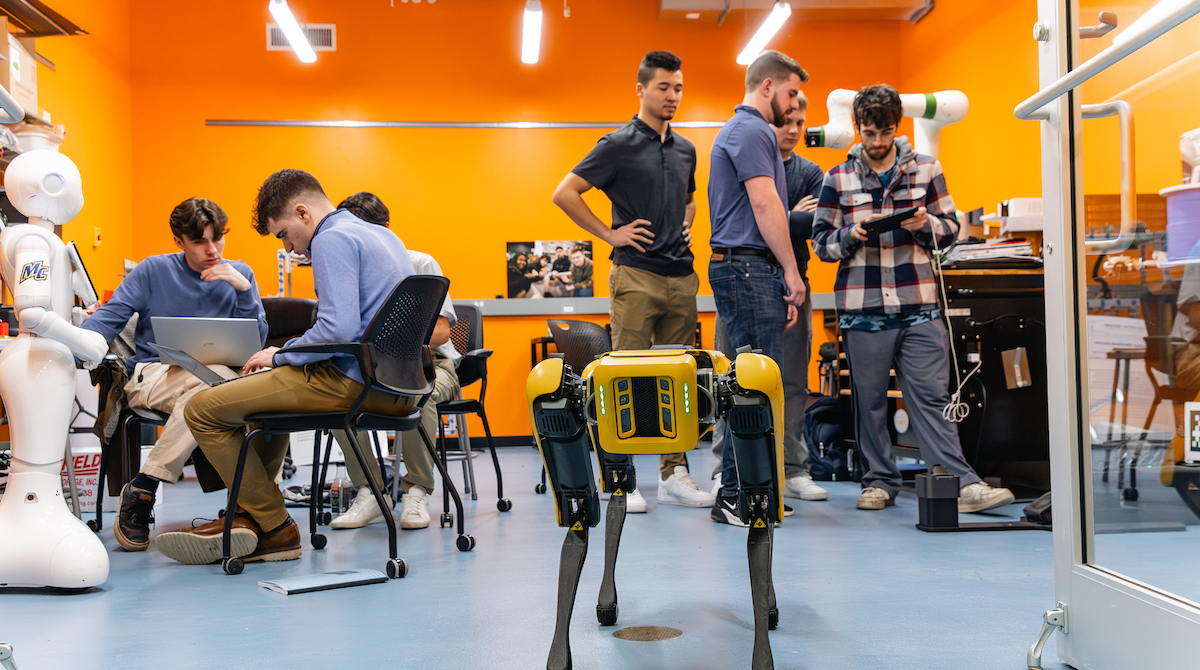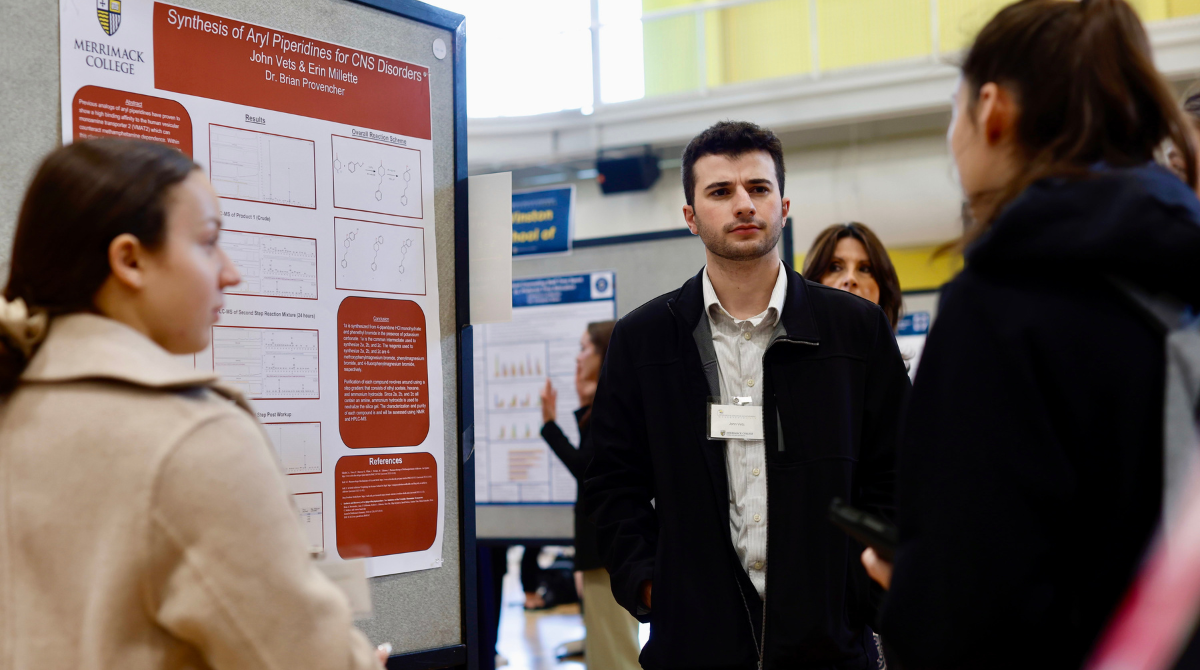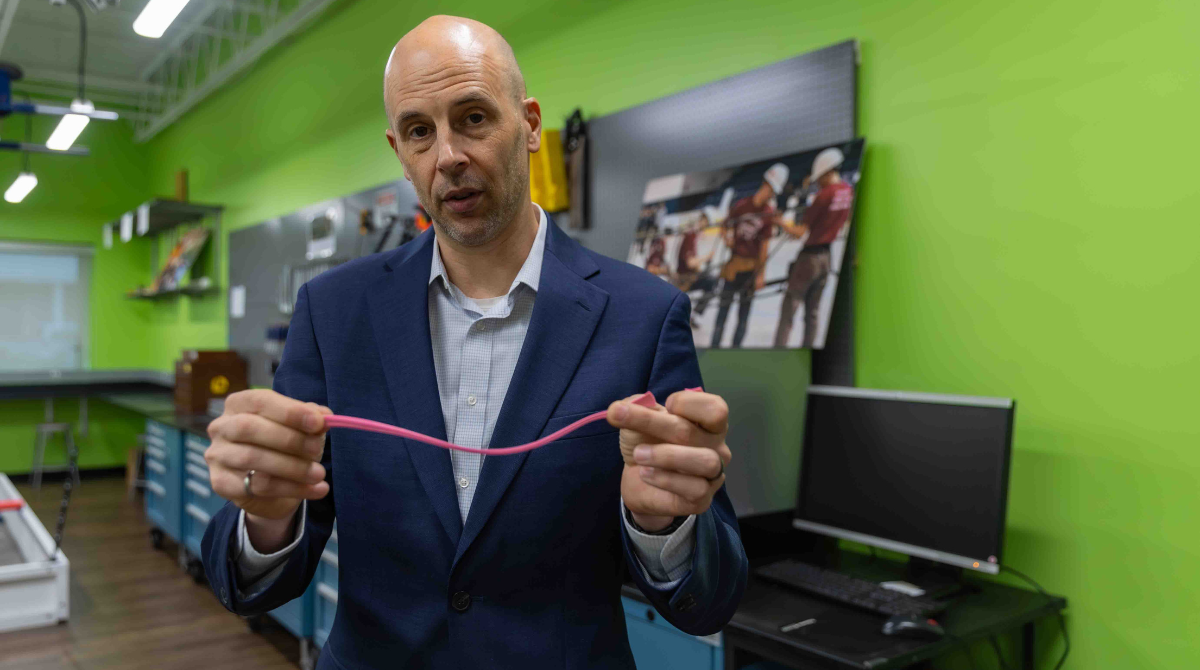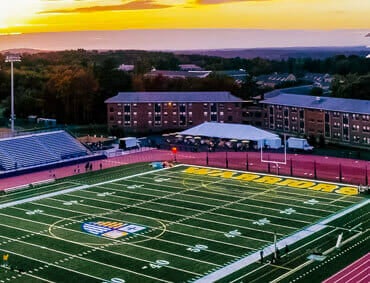Women make up about half the U.S. workforce, but fewer than a quarter hold positions in the STEM professions — science, technology, engineering and mathematics — that make up the country’s fastest-growing sector. As a result, the STEM sector is deprived of some of the brightest and most creative minds, and that stifles innovation and growth.
Women need strong academic and social-support networks at all levels of education in order to join and succeed in STEM professions, according to a majority of economists and scientist.
“We look at living-learning communities as a retention initiative,” said Maureen Sakakeeny, director of science and engineering programs in the School of Science and Engineering. “We modeled the STEM commnity on the iTEC living-learning community, which involves first-year students living together and supporting each other academically and socially.”
First-year students in the STEM community are all housed on the same floor of Deegan West, one floor above the iTEC community. Many of them are enrolled in the STEM-focused First Year Experience course, taught by Sakakeeny; attend special lectures and programming geared toward STEM audiences; and serve as mentors at an after-school science club for elementary and middle-school girls in Lawrence, Massachusetts.
Sakakeeny is faculty adviser for the Society of Women Engineers on campus, has led the development of Women in STEM at Merrimack and serves as the primary adviser to the STEM living-learning community.
“The value is in motivating women and giving them the self-confidence to remain in the STEM field, which is predominantly male-dominated,” she said. “It’s like creating a little sisterhood.”




